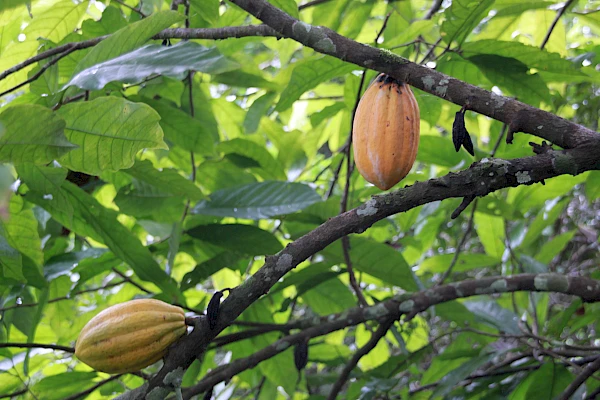
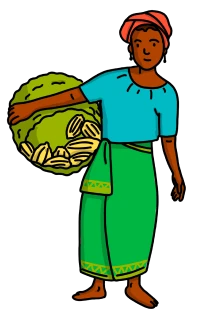




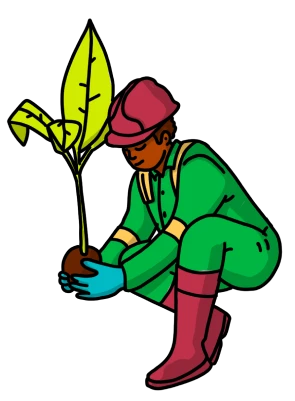

5th Edition Chocolate Scorecard
MAKE THE CHOICE TO BUY BETTER CHOCOLATE
Better for people, primates and planet.
We help you figure it out.

A better chocolate is better for people and the planet! It's free of child labor, provides a living income for cocoa farmers, empowers women, and cares for the environment.
We have surveyed the world’s chocolate companies to find out what's really going into the chocolate you buy.
Traceability and Transparency
If you can't see it, you can't fix it
There's been an increase in traceability but more work needs to be done to make sure that people and planet are not exploited


Living Income
Almost all of the participating chocolate companies believe that a living income is a human right
But only 6 companies are paying a living income to all their farmers

Pesticides
Pesticide use remains high impacting the health and environment of farming communities
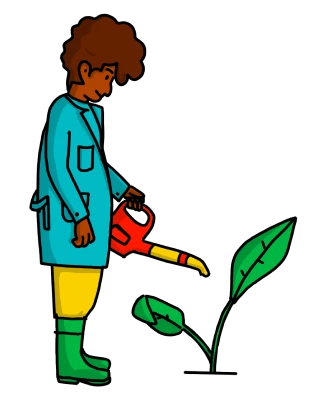
Child Labor
More child labor measures are being taken but the road to elimination is still a long one...
Deforestation and Climate
Companies are being pushed by emerging laws to take serious care of the planet. They are doing more and more, but who is paying the price?


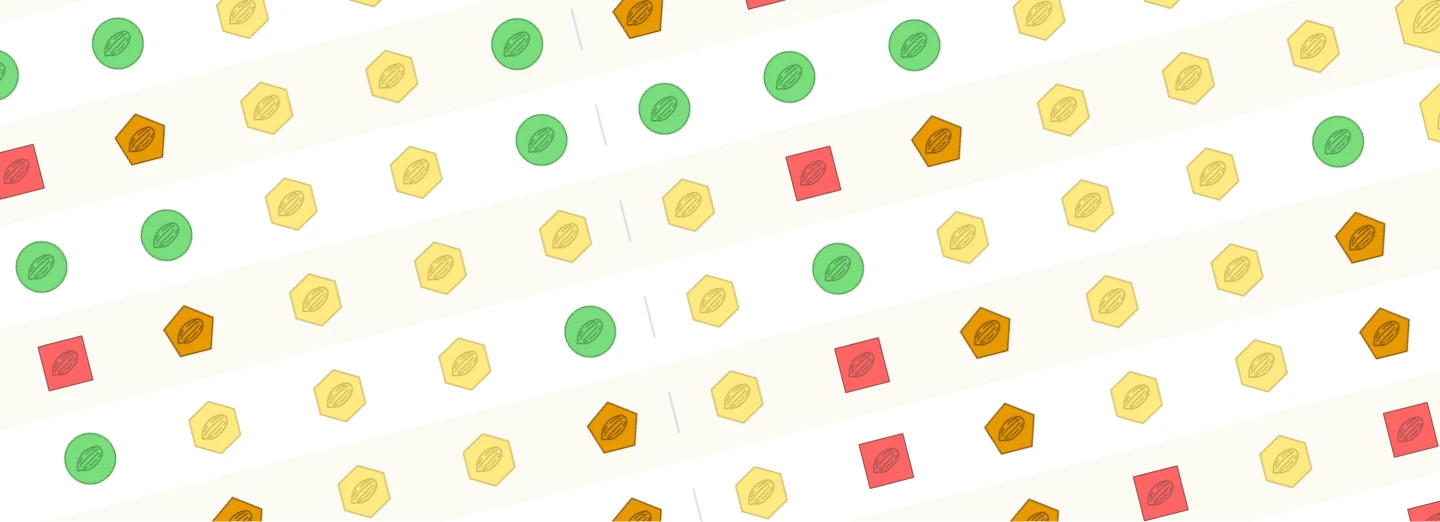
The Scorecard
We eat chocolate for comfort, celebration and indulgence. But what’s really going into the chocolate we buy?
Explore your favorite chocolate brands. See how they compare!
BY COMPANIES

BY BRANDS
WANT TO KNOW MORE?

Let us know what matters to you, and we'll match you with brands that reflect your values!
THESE ARE THE BRANDS THAT BEST MATCH WITH YOU
FEATURED
5th edition

 GOOD EGG AWARDS
GOOD EGG AWARDS
 Congratulations!
These Good Eggs lead the industry in policy and practice.
Congratulations!
These Good Eggs lead the industry in policy and practice.

 BAD EGG AWARDS
BAD EGG AWARDS
Showing a lack of transparency by making sustainability claims without publicly verifying them
5th edition
KRUEGER
BAD EGG AWARD
5th edition
TESCO
BAD EGG AWARD
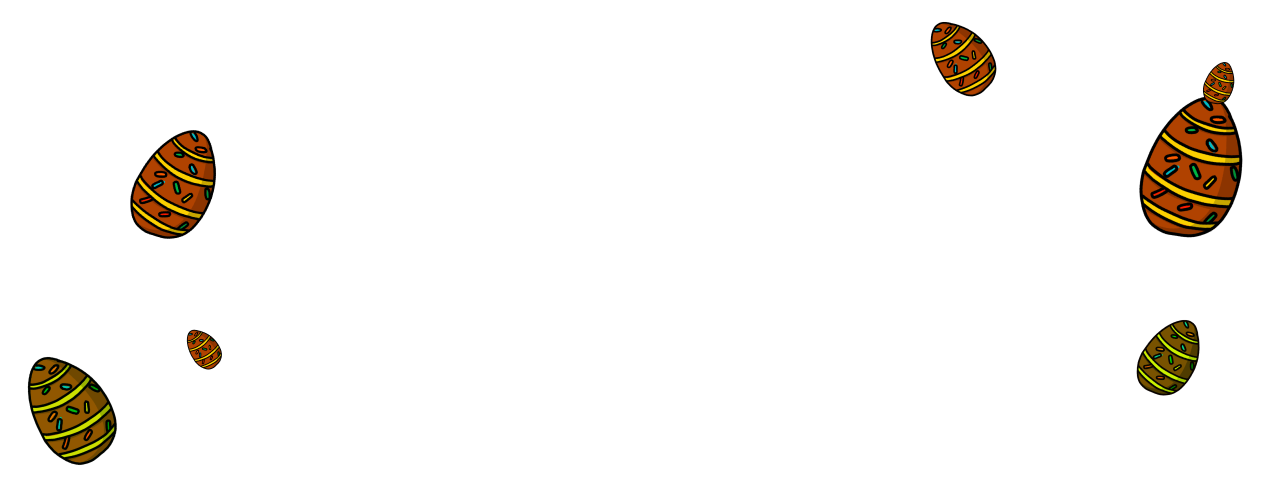

WHY SHOULD WE CARE ABOUT CHOCOLATE?


Cocoa is a major global driver of forest destruction. Forests are also a key habitat for some of the most endangered species in the world, including gibbons and great apes.

Agroforestry, as opposed to pesticide-soaked monoculture, is a more ecologically sound way of growing cocoa and restoring farming landscapes.

Child labor is a big issue in cocoa farms. Despite voluntary corporate efforts to eradicate it, the prevalence of child labor has increased by 14% over the past decade

We need to guarantee a living income for all farmers. It is not a reality for the vast majority of cocoa farmers and their families in West Africa

Chemicals are still widely used in agriculture. It is imperative for chocolate companies to reassess their current methods and adopt more sustainable cocoa farming practices.

Traceability of cocoa is essential. We need to track cocoa's origin to the country, farm group and farmer level.

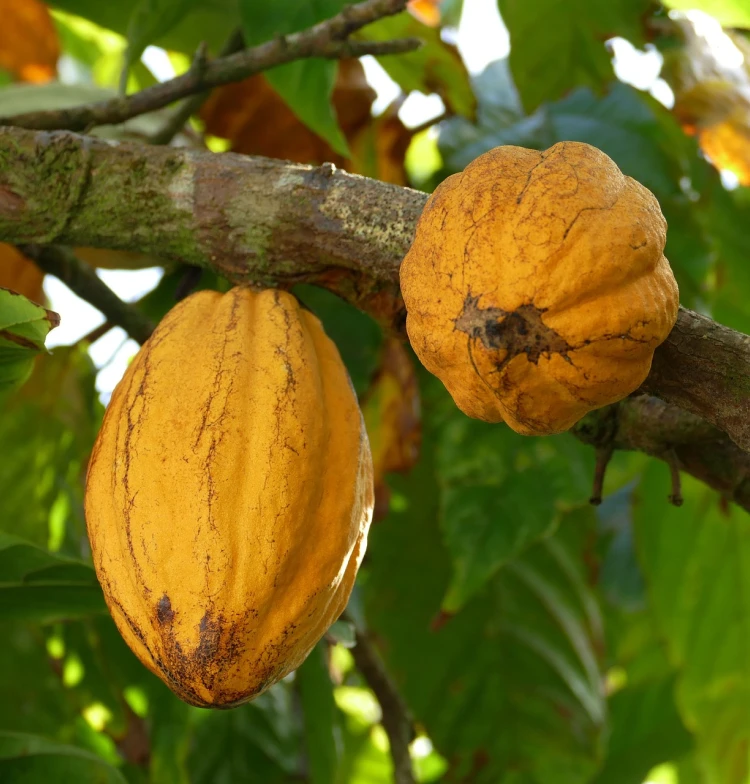
WE CARE ABOUT CHOCOLATE
Because we care about people and the environment.
Chocolate is a sweet treat that we often share with people we love to celebrate a special occasion, or just to indulge a sweet moment.
But often the conditions that it's made in are far from sweet.
When cocoa farmers and their communities are living in poverty, they deforest to clear more land to grow more cocoa. They rely on family and unpaid labor (child labor and forced labor) to make ends meets.
As a result, our environment is harmed, and children's future opportunities are squandered, just to survive.
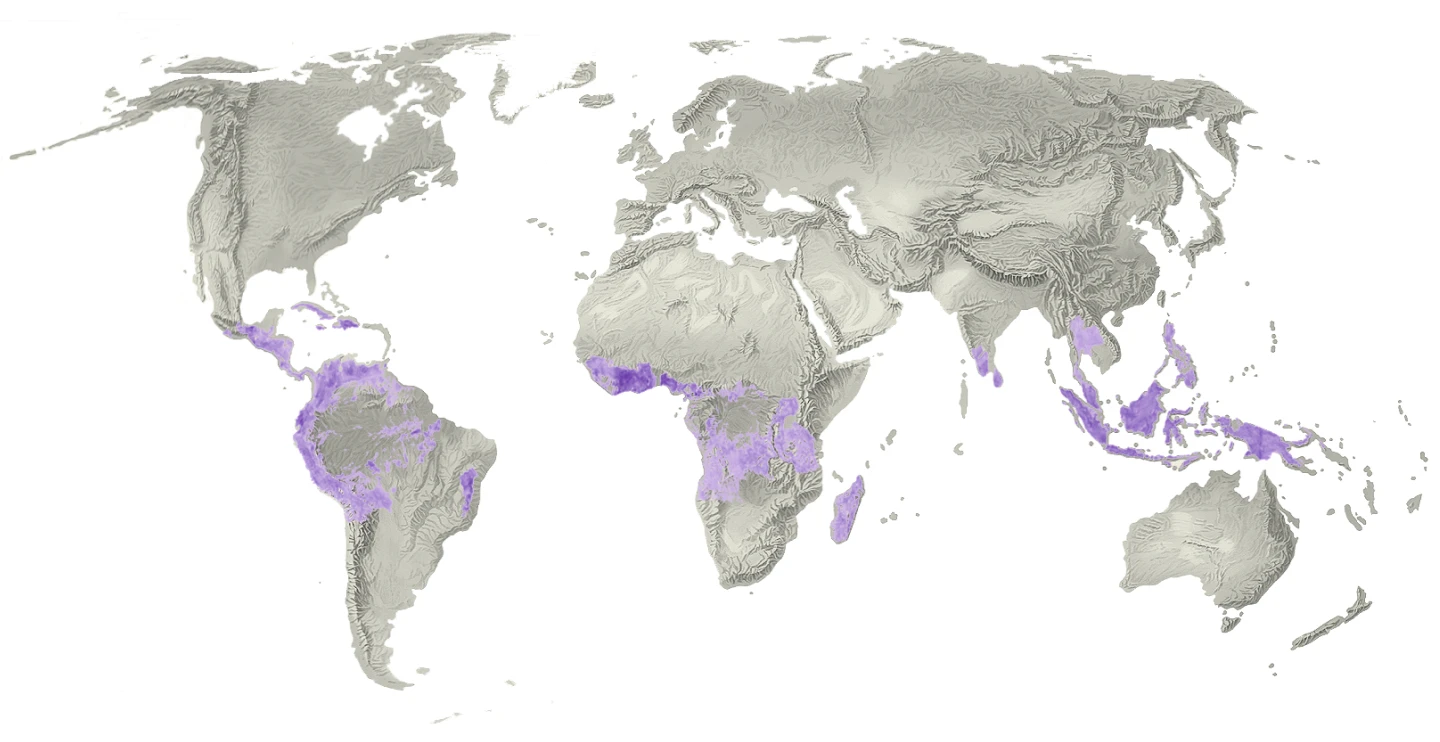
Global Cocoa Production
Cocoa production
Min
Max
Source: United States Department of Agriculture Foreign Agricultural Service (2020). Production, Supply and Distribution database; Ramankutty et al. (2008). Farming the planet: 2. Geographic distribution of crop areas, yields, physiological types, and net primary production in the year 2000.
Latin America
-
969.000 T
- Ecuador
375.000 T - Brazil
220.000 T - Other
355.000 T
Africa
-
3.665.000 T
- Côte d'Ivoire
2.130.000 T - Ghana
689.000 T - Cameroon
290.000 T - Nigeria
280.000 T - Other
196.000 T
Southeast Asia
-
266.000 T
- Indonesia
180.000 T - Other
86.000 T
Cocoa & Palm Oil
Many chocolate varieties are palm oil free and use cocoa butter which has a melting temperature close to body temperature. It gives you that creamy slow melting sensation and rich flavour as you pop it in your mouth.
Some chocolate brands use palm oil as it is relatively a cheap ingredient, and has a higher melting point, meaning that if it's used in chocolate, it's less likely to melt before you eat it in warmer climates. It produces a 'waxy' texture when you eat it and is not as rich in flavor.
The production of palm oil is problematic - for people, primates and the planet. Check out the video to find out more.
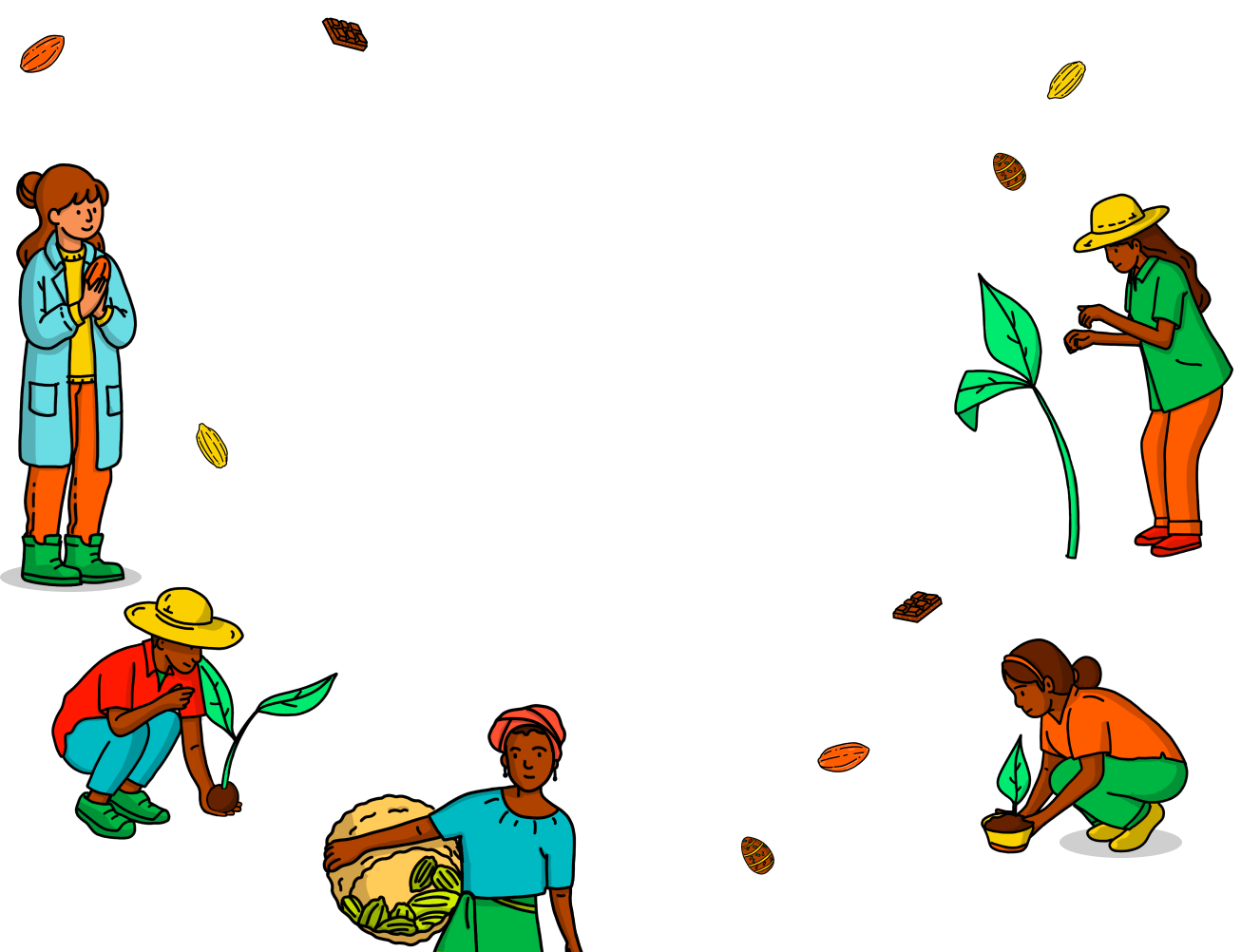
WE CANNOT DO THIS
WORK ALONE
To create the Chocolate Scorecard we collaborate with universities, expert panel of industry consultants, and civil society groups engaging in the cocoa industry. We work with the chocolate companies, processors and retailers to be a partner to them in their journey to higher levels of transparency, better policies and practices that are the building blocks for a sweeter world in cocoa, so we can all enjoy our chocolate.
Be the Change
Subscribe to receive regular updates on initiatives to be the change, success stories to encourage you, and ways you can join a sweeter world for people and the planet.
